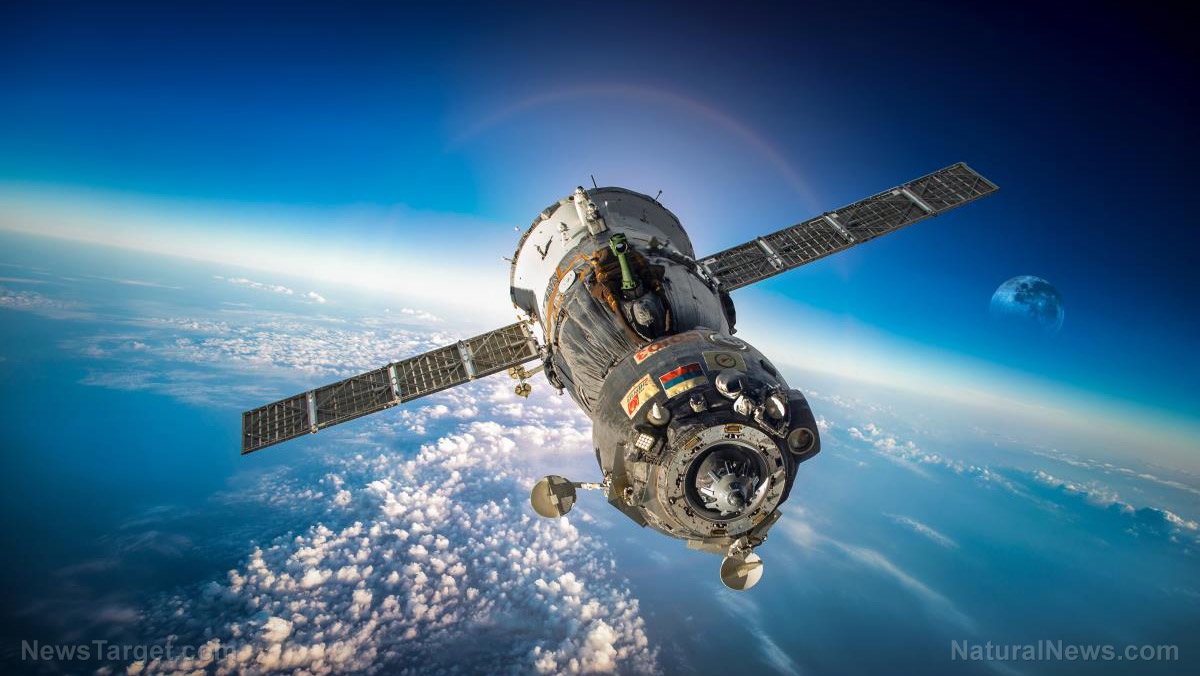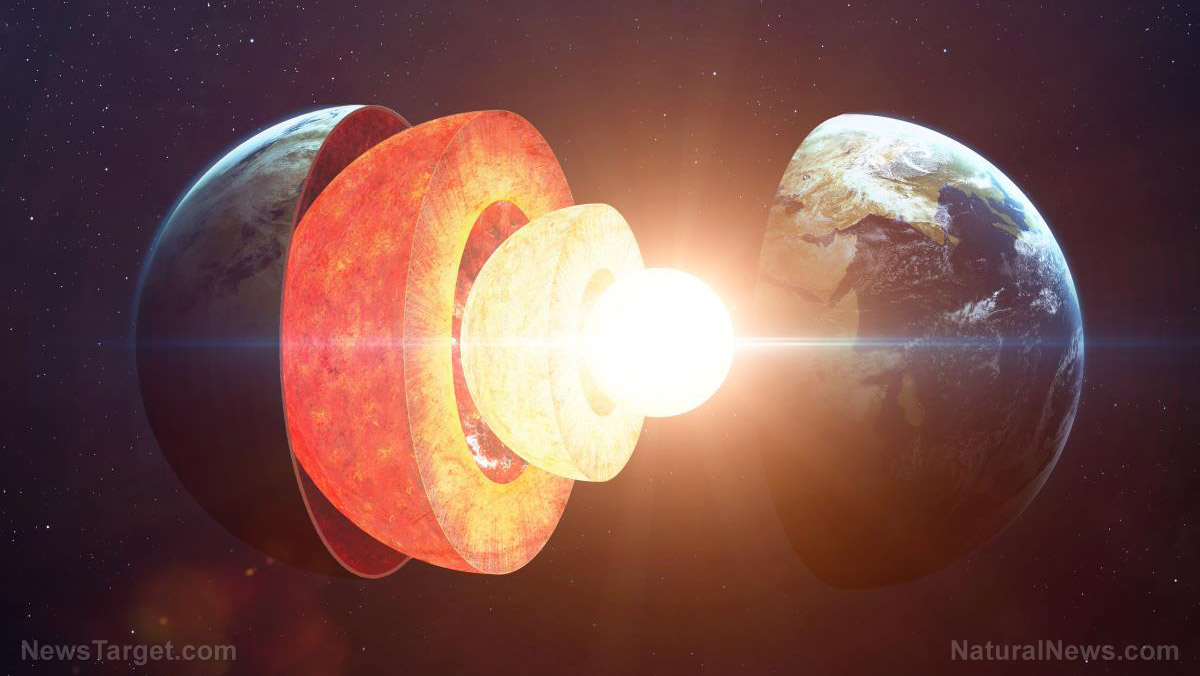Saudi Arabia starts shift to green fuel production, builds $5B hydrogen plant
04/04/2022 / By Nolan Barton

The Kingdom of Saudi Arabia, the world’s biggest crude exporter, is building a $5 billion hydrogen plant to produce green fuel and lessen its dependence on petrodollars.
Petrostates are projected to lose as much as $13 trillion by 2040 because of climate-change targets. Finding a way to corner part of the green fuel market represents a necessary economic lifeline for the kingdom.
The plant, called Helios Green Fuels, or Helios for short, would be powered entirely by sun and wind, making the sun-scorched expanses and steady Red Sea breezes at the northwest tip of Saudi Arabia a perfect backdrop for it. Helios is expected to rival the world’s biggest green hydrogen makers when it opens in the planned megacity of Neom in 2025. Peter Terium, the former chief executive officer of German multinational energy company RWE AG, had been tasked to turn a patch of desert the size of Belgium into a metropolis powered by renewable energy.
“There’s nothing I’ve ever seen or heard of this dimension or challenge,” Terium said. “I’ve been spending the last two years wrapping my mind around ‘from scratch,’ and now we’re very much in execution mode.”
Terium joined Neom to design its energy, water and food networks in 2018. His enthusiasm for technologies such as electric vehicles and digital networks caught the attention of Crown Prince Mohammed bin Salman, the 35-year-old de facto ruler of Saudi Arabia.
Saudi’s hydrogen efforts not dependent on Neom’s success
Bin Salman envisioned Neom to be a zero-emission standard that would help transform the society and the economy. Helios is a major part of that vision.
Neom’s $500 billion price tag prompted questions about whether it would go ahead exactly as planned, but the kingdom’s hydrogen efforts didn’t depend on the megacity’s overall success.
To build Helios, the government partnered with ACWA Power, a Riyadh, Saudi Arabia-based power developer partly owned by the kingdom’s sovereign wealth fund, and Air Products and Chemicals Inc., a $58 billion company based in Allentown, Pennsylvania.
The three would split the costs of Helios, which would use four gigawatts of solar and wind power.
“As the first gigawatt plant, we will have an advantage in developing further innovation,” Terium said. “This is not going to be the end of the game.”
Helios could produce 650 tons of hydrogen a day by electrolysis. That would translate to around 1.2 million tons of green ammonia per year.
Air Products would buy all of that ammonia, which is easier to ship than liquid or gaseous hydrogen, and convert it back upon delivery to customers.
A separate $2 billion would be invested in distribution infrastructure in consumer markets around the world, primarily to fuel industrial vehicles and public buses. There are about three million buses operating worldwide and Air Products wanted to be a mainstay in depots switching to hydrogen.
“We’re not going to wait until this project comes on-stream in 2025 to think about additional capacity,” said Simon Moore, the company’s vice president of investor relations.
According to BloombergNEF (BNEF), fuel-cell vehicles could capture as much as 30 percent of bus-fleet volume globally by 2050. (Related: BMW launches test fleet of 100 hydrogen vehicles in Berlin.)
Experts name Saudi Arabia as country to watch in battle for hydrogen market
Hydrogen is morphing from a niche power source – used in zeppelins, rockets and nuclear weapons – into a mainstay of the industry. Industry experts named Saudi Arabia as one to watch as countries fight for position in a future global hydrogen market.
The United Kingdom is hosting 10 projects to heat buildings with the gas, China is deploying fuel-cell buses and commercial vehicles and Japan is planning to use the gas in steel making. John Kerry, the presidential climate ambassador of the United States, urged the domestic oil and gas industry to embrace hydrogen’s “huge opportunities.” That should mean plenty of potential customers for Helios.
Saudi Arabia is setting its sights on becoming the world’s largest supplier of hydrogen, which could be worth as much as $700 billion by 2050 according to estimates by BNEF.
The industry is still in its infancy. Hydrogen is expensive to make without expelling greenhouse gases, difficult to store and highly combustible. Green hydrogen is produced by using renewable energy rather than fossil fuels. The current cost of producing a kilogram is a little under $5, according to the International Renewable Energy Agency.
Saudi Arabia has a built-in competitive advantage with its perpetual sunshine and wind, as well as vast tracts of unused land. The cost of green fuel from Helios would likely be among the lowest globally – as low as $1.50 per kilogram by 2030 according to projections by BNEF.
Follow HydrogenWater.news for more news and information related to hydrogen fuel.
Sources include:
Submit a correction >>
Tagged Under:
ACWA Power, Air Products and Chemicals Inc., clean fuels, Crown Prince Mohammed bin Salman, energy, fossil fuels, fuel-cell vehicles, future tech, green fuel, green power, Helios Green Fuels, hydrogen fuel, John Kerry, Kingdom of Saudi Arabia, neom, Peter Terium, petrodollars, Petrostates
This article may contain statements that reflect the opinion of the author
RECENT NEWS & ARTICLES
COPYRIGHT © 2017 FUTURE SCIENCE NEWS




















